CRATER LAKE: EVERYTHING YOU NEED TO KNOW BEFORE VISITING
History of Crater Lake
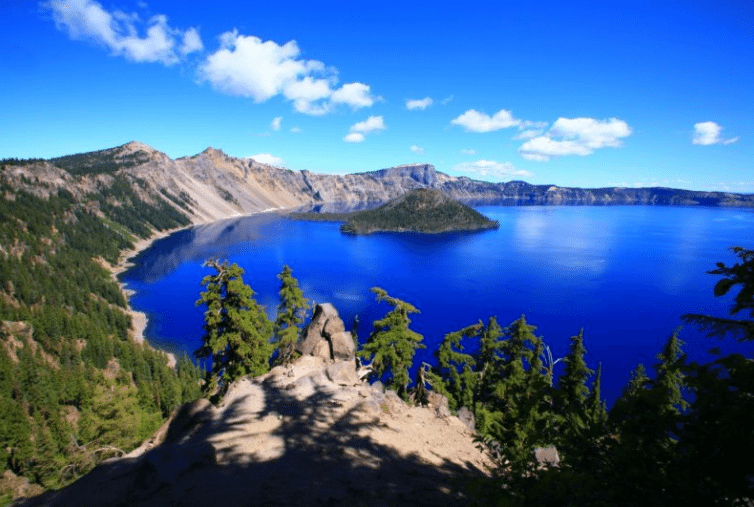
Depending on what time of year you have chosen to visit, you will find stunning vistas and fun activities.
Crater Lake’s depth helps to act as a heat reservoir that absorbs and traps sunlight maintaining a stable temperature of 55℉ at the surface. During the warmer summer months, many visitors can swim at Cleetwood Cove or take a boat tour to Wizard Island.
While snow doesn’t often occur at lower elevations in Western Oregon, Crater Lake does accumulate a fair amount of snow due to its higher elevation. Average inches of snow have added up to 533 in normal years.
It is not unusual for snow to linger through the spring and summer months. July and August snowfall is unlikely and prove to be the warmest months to visit. While temperatures remain mild in the summer months, January has seen temperatures of 18℉-35℉!
Luckily, due to its proximity to the Pacific Ocean, Crater Lake rarely freezes over. The last time the lake was recorded to have completely frozen over was in 1949.
There are still many activities to take part in during the winter, when the weather is agreeable. Many people have enjoyed snowshoeing, cross-country skiing, and sledding. So don’t let rain or shine stop you from visiting at any point in the year.
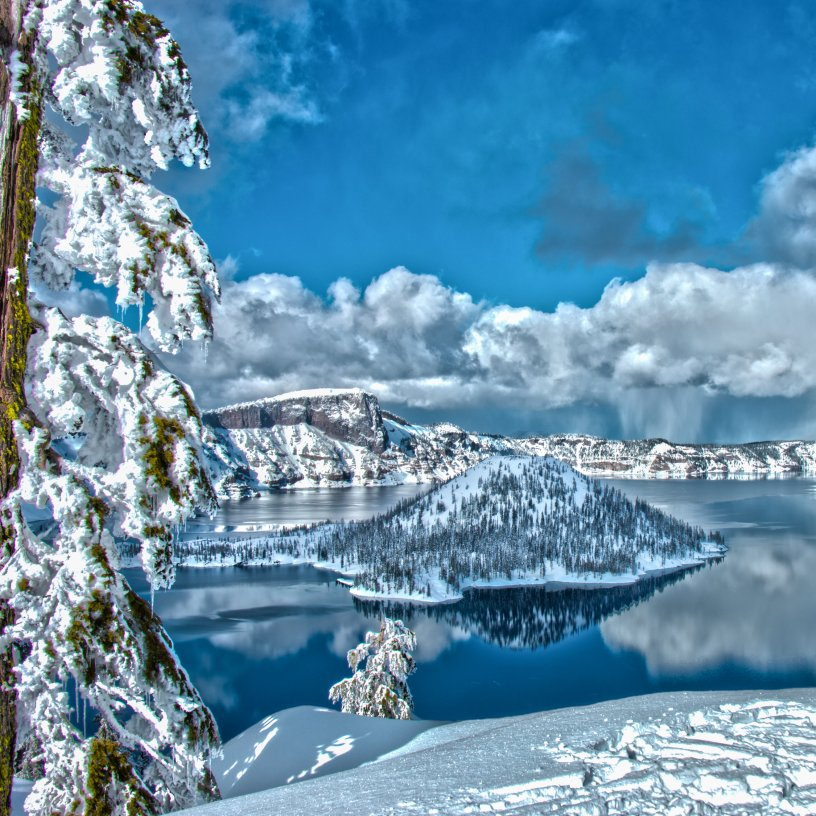
The Volcano Boat Cruises usually begin yearly in June and go through September. There is a steep – and for some, strenuous – hike down to Cleetwood Cove, before being able to board. The Cleetwood Cove Trail is the only hike that reaches the shores of the lake. Once onboard, you can either stay on the boat as it tours the lake, or have it drop you off at Wizard Island. On the Southern shore of the island, you will see Phantom Ship, which is a natural rock pillar. The boat tour lasts approximately two hours. The hike is only recommended for those in good physical health.
The Crater Lake Trolley is another excellent choice. The tour season typically begins in July. The historically designed trolleys take up to 25 passengers on a two hour tour of the Rim Drive. It does make stops at several points of interest. The trolleys also have a National Park interpreter that provides insightful information.
Take advantage of the Ranger talks while at Crater Lake. These talks that are presented by local staff educate about the local surroundings and share historical stories. The talks last around 20 minutes. For younger visitors, there are also Junior Ranger Programs. There is also a Crater Lake video in the Steel Visitor Center. This 20 minute feature provides insight into the formation of the park.
Yearly, many people travel to Crater Lake National Park to bike the 33 mile (53 km) Rim Drive. The arduous ride features many steep hills at a high elevation that makes even the most seasoned cyclists stop. The road features nearly thirty pull-outs and overlooks. For those cyclists, you will be able to view some of the most stunning scenery of Crater Lake. But feel free to do it at your own pace. Be aware though: very few of the park’s roads have shoulders and no bike lanes exist. Be sure to use caution while you enjoy the ride.
There is also one dirt trail where mountain biking is permitted.The park features eight miles of unpaved and vehicle free roadway called Greyback Drive. There are no single track biking trails within the park. If you prefer a more challenging trail, there are many other biking options outside of the park.
For those planning a biking trip, due to inclement weather, it is recommended that you plan your trips in the months of July, August, and September. Entrance stations can provide you with crater lake maps and information.
If you choose to visit Crater Lake in the offseason, you can take advantage of a few local pastimes. When the snow is deep, it makes for perfect conditions for snowshoeing. During the winter, on the weekends, park rangers lead snowshoe hikes. These hikes typically begin in November and end in April, weather depending. A reservation is required.
Another good option is cross-country skiing. There are several trails and Rim Drive (when weather closes it) that are perfect for this. You can find nine different trails with a wide range of difficulty for varying skill levels. For recommendations on which trail to use, the Steel Visitor Center can offer guidance.
Some visitors may take advantage of snowboarding as well. It is advised that all snowboarders be learned in avalanche safety and winter backcountry travel.
For those interested in the many hikes around Crater Lake, here is a breakdown of several to help you decide which fits you best.
Cleetwood Cove Trail: As earlier mentioned, this trail will take you directly to the lake. This 2.1 mile hike may be a slight bit strenuous but offers some of the best views of the lake and is well maintained.
Mount Scott Trail: This trail is 4.5 miles long, but offers some of the best overall views of the lake and surrounding landscape. Mt Scott is Crater Lake’s highest point. The hike starts as fairly even and easy but ends in a series of switchbacks.
Wizard Island Summit Trail: You will have to have completed the Cleetwood Cove Trail and take the boat to Wizard Island in order to enjoy this hike. It is 2.5 miles of steep terrain that culminates with a view of Crater Lake from atop Wizard Island.
Sun Notch Trail: This 0.5 mile trail, while short, offers a wonderful view of Phantom Ship and Crater Lake. It is about 4 miles from Park Headquarters. You will also see some lovely flora and fauna while taking this short trail.
Union Trail: This 10 mile trail resides outside the Park’s entrance, but offers some of the best views of Crater Lake. It is not as well known, but it remains one of the focal points around Crater Lake. This route can take up to 4 hours to hike, so be prepared for that.
Crater Peak Trail: Enjoy 2.8 miles of this trail as you hike from the water’s edge. While this trail starts out gently, it ends on a more strenuous note, but not without offering more stunning views.
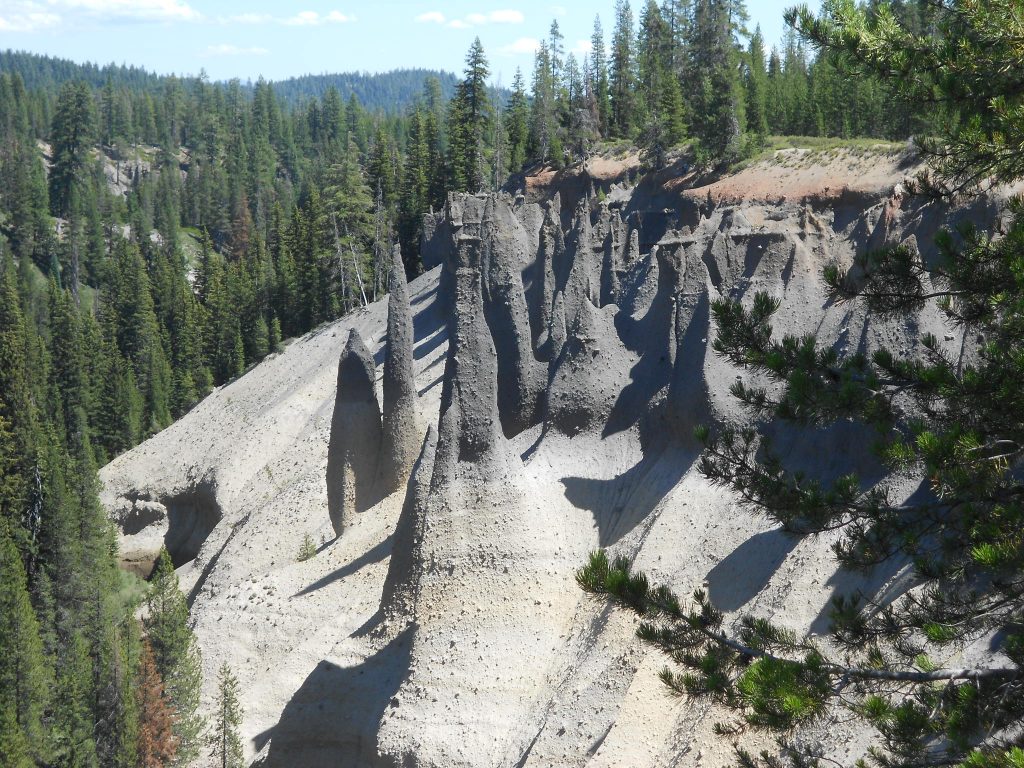
Be sure to watch for these. And remember these animals all inhabit the area, so be sure to remember to respect them and their habitat.
Crater Lake also boasts an interesting variety of aquatic moss. This moss grows at 25-140 meters. The research into the ecology of Crater Lake has been greatly influenced over the last 40 years with the information garnered on moss. The new information on moss distribution, biomass, and history of the lake continues to develop. Crater Lake’s particular aquatic moss is considered to be a type of bryophyte. Sightings of the moss are most common around Wizard Island, but have been seen around other areas. The locations of the moss have been mapped thanks to field studies that make use of remotely-operated vehicles (ROV), multi-beam sonar, side-scan sonar, and sonar backscatter analyses.
Underneath the living moss layers, dead layers have been found and dated at several thousand years. On the dead moss layers, there is a variety of strange tubes, pits, holes, and depressions. These formations range in size from several inches to tens of meters in diameter. The process behind what causes this is unknown.
Learn more about the fascinating aquatic moss by watching the film “Crater Lake: Into the Deep” at the Visitor Center.
When you visit Crater Lake, you may have questions about where the best crater lake camping is or lodging options overall. Let’s take a few moments to cover some of those.
There are two motels that are within the park that tourists can choose to stay at. Crater Lake Lodge sits at Rim Village. The newly refurbished lodge recommends that you make prior reservations. The lodge is open from mid-May through mid-October. Room prices begin at $250 per night.
The other accommodation choice are the Cabins at Mazama Village. The Cabins are around 7 miles from Rim Village. The Cabins are available to use from late May through late October, weather permitting. Room prices begin at $169 per night.
If you choose to go visit during the off season from November-April, there are crater lake lodging options outside the park. The main places to recommend (with the shortest commute) are Fort Klamath, Union Creek, Prospect, Chiloquin, and Diamond Lake. These are all 20-50 miles away from the park respectively. If you don’t mind a little longer drive, there are lodging options in local Klamath Falls.
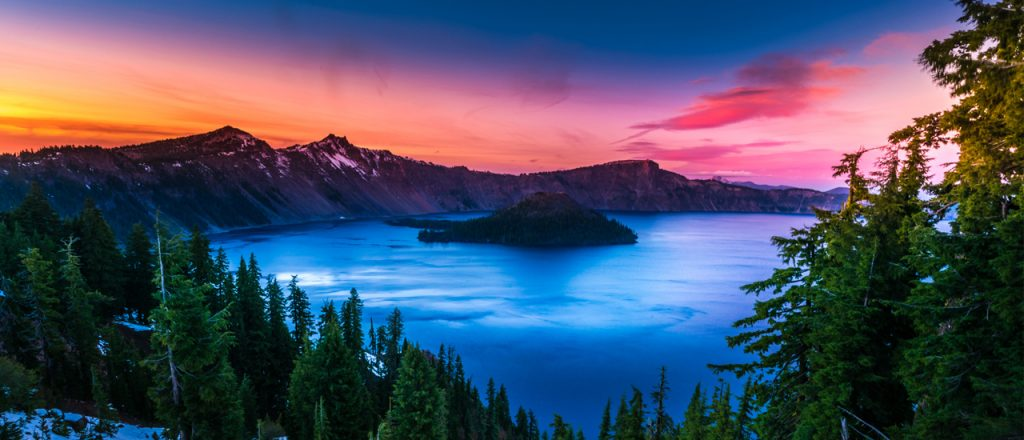
Crater Lake also makes use of local webcams. The crater lake webcams are located at Sinnott Memorial Overlook, the Annie Springs Entrance near Rim Village, and Steel Visitor Center.
This program is supported by the lake monitoring program. The webcams help park staff utilize these images for interpretation, crater lake weather conditions, visibility during forest fires, as well as advising visitors on the visibility of the lake at the caldera’s rim. You can even go online and view the webcam for a real time image of what’s happening right now!
Another project that makes use of photography is the Digital Image Project. This consists of a series of images both historic and contemporary that are either of Crater Lake or relate to it. The goal behind this project is to show a complete timeline of Crater Lake.
If you would like to learn more about either of these programs and the many others that are available around Crater Lake, stop by the bookstores in the park. The Crater Lake Natural History Association sponsors both bookstores. Steel Visitor Center is open all year, and Rim Visitor Center is open in the summer months.
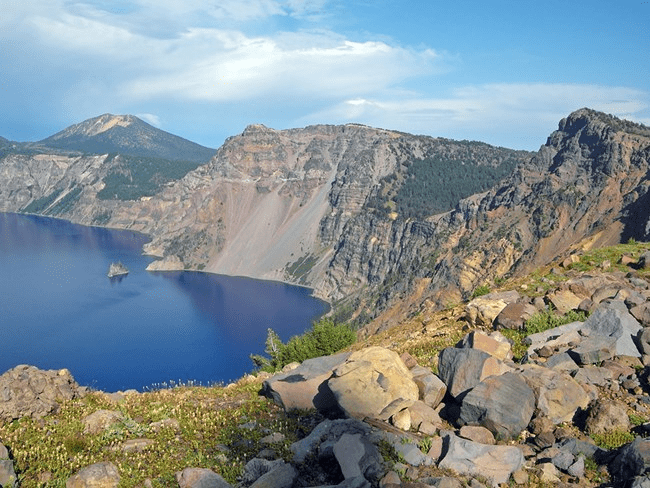
With these and many other fun offerings in the area, Crater Lake will not disappoint. Whether you choose to go during the summer season or during the off season, there will always be options to make it worth your time. From the summer month boat tours, hikes, and biking to the winter time snowshoeing and skiing, you will certainly have plenty to choose from. Now that you’re prepared and with this information in mind, what are you waiting for? Get going to Crater Lake!

